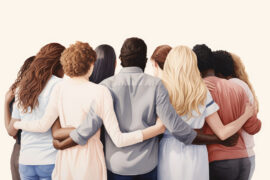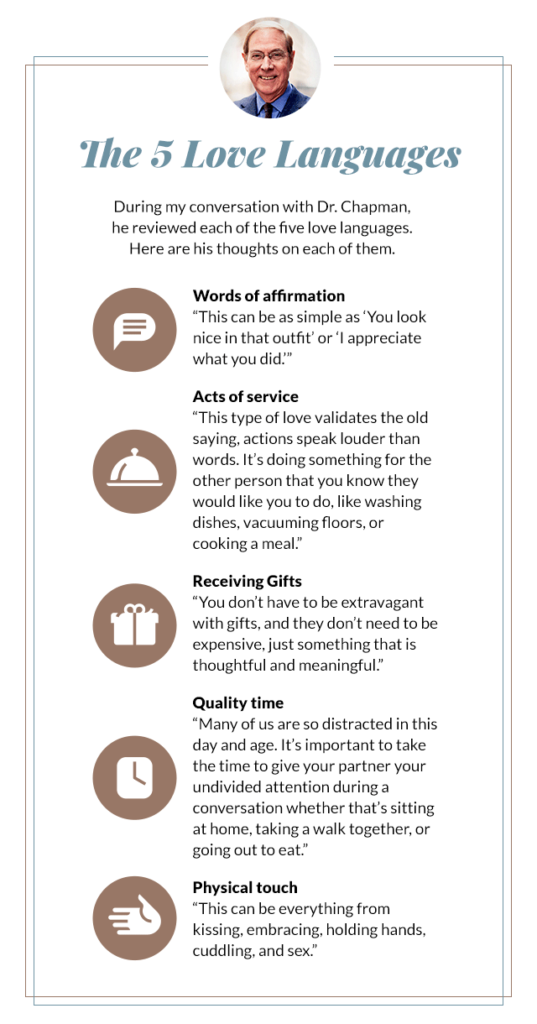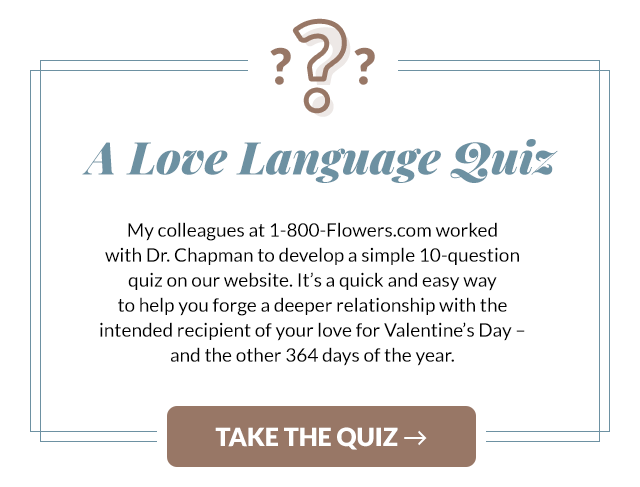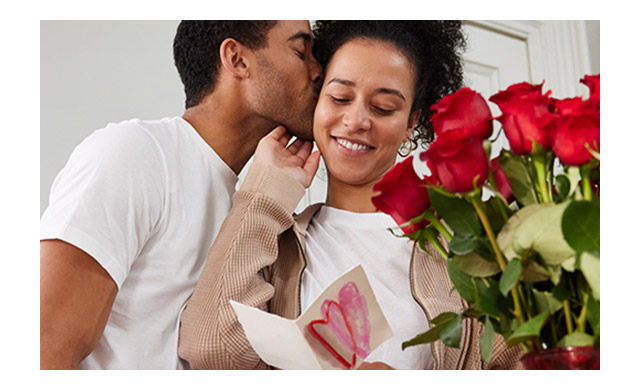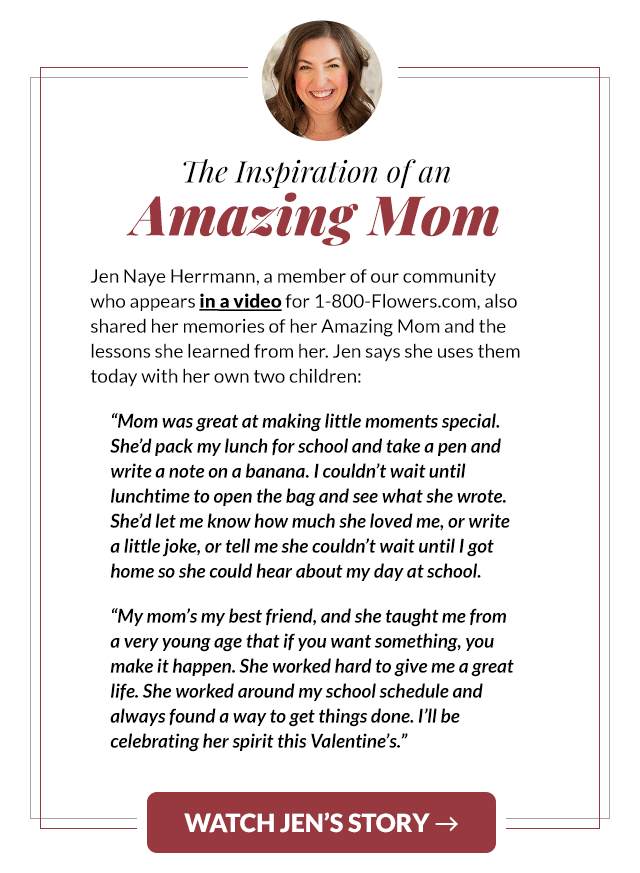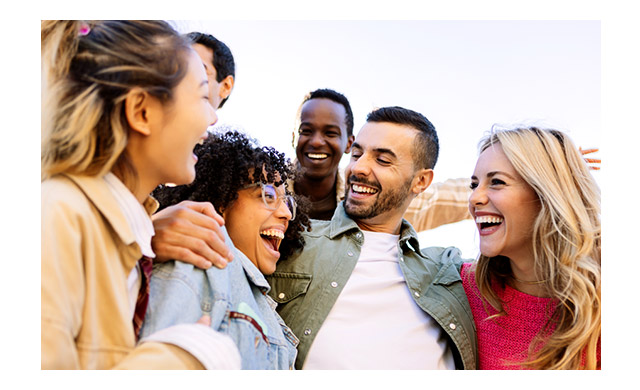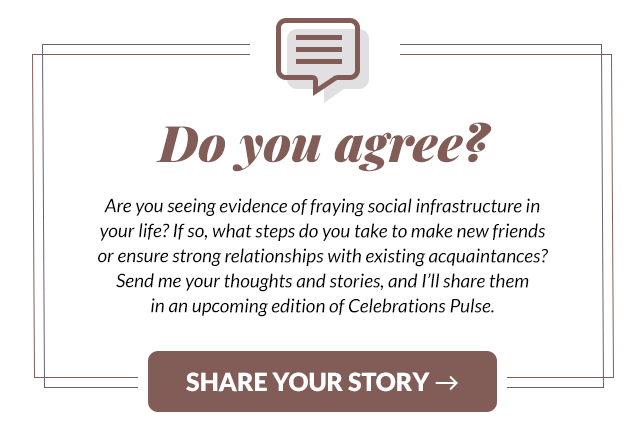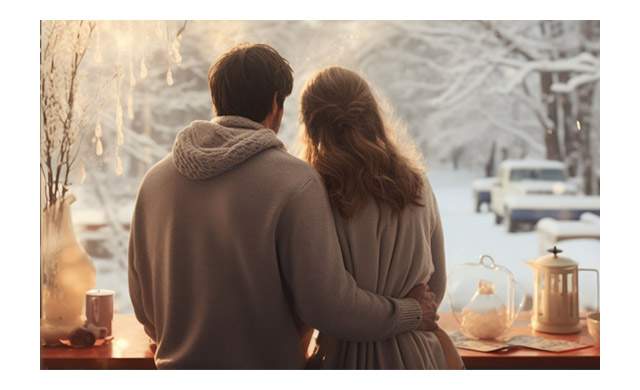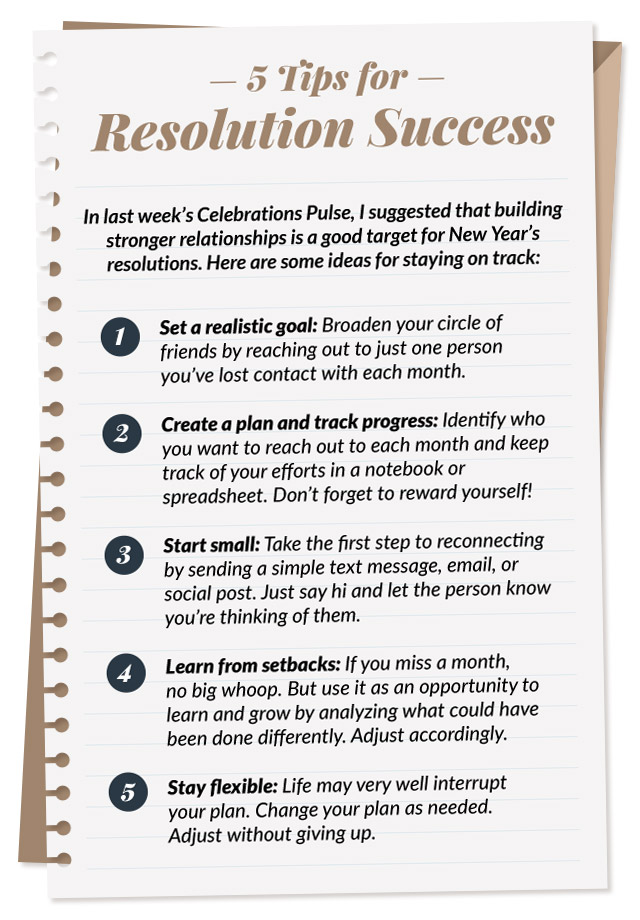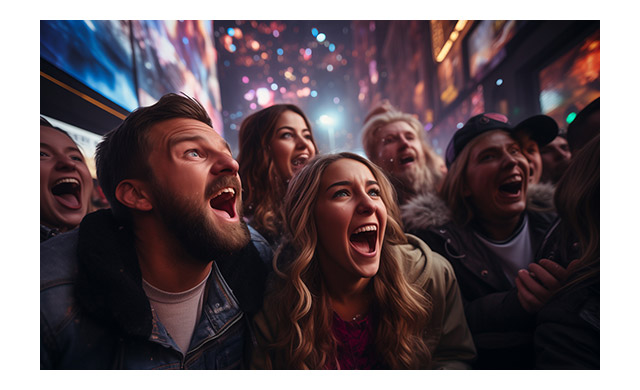Written by our Founder and CEO, the Celebrations Pulse letters aim to engage with our community. By welcoming your ideas and sharing your stories, we want to help you strengthen your relationships with the most important people in your life.
Alberta, a member of our community, has a very special birthday this week. Born in 1932, she’s turning “23”! Back in 1996, her family splurged on a car for her Sweet 16. And for her 21st in 2016, her special day was made even more special with an adult beverage.
Before anyone questions my math, I should note that Alberta was born on Feb. 29, 1932. She’s one of just 5 million people worldwide who were born on the last day of February during a leap year – they’re known as leaplings. And her family, led by her husband of 72 years and daughter Sharon, helps Alberta celebrate her birthdays with both style and humor. (The car, incidentally, was a toy, but the beer was real.)
Sharon pointed out that Alberta will have circled the sun 92 times on Thursday. But she also shared that her Amazing Mom is still going strong:
After she retired, she worked at the cash register of a family-owned pharmacy. She enjoys reading, listening to music, especially gospel music, talking on the phone, keeping up with family and friends on Facebook with her tablet, and working crossword puzzles every day. She also shares her family’s genealogy with whomever will listen.
As Alberta’s story shows, you don’t need to have been born on a day that occurs once every four years to keep feeling young as you grow old. What matters are the relationships you have and what you do to keep them active.
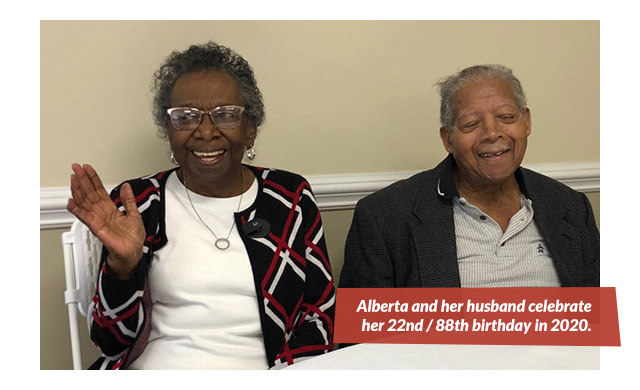
The relativity of age
You’ve probably heard the saying that 60 is the new 50, 50 is the new 40, and so on. The truth is that many of us are living longer because of advances in medicine, improvements in health care, and more of a focus on the importance of diet and exercise.
More of us than ever before will have the luxury of more years. But it’s not just more time. It’s also more experience, more knowledge, more relationships, and more memories. If, in the end, you retire and shut down, you’re throwing all that away.
Even if you choose to retire from work, you can still make the most of life by sharing your skills, experience, and memories with your friends and family, especially the young ones. You can volunteer your time at a charity, spend time at a school, or make it a point to meet up with friends regularly.
Though I may be older, I remain fascinated by news and current events, breakthroughs in science and technology, and finding new ways to enhance my life. Thanks to decades of life experience and a curiosity that never ages, I always have something to talk about. I’ll bet you do, too.
Living life in crescendo
My friend Cynthia Covey Haller, the daughter of the late leadership expert Stephen Covey, coined the phrase “living life in crescendo” to describe how we should live life to the fullest to the very end. In music, a crescendo is a buildup of sound and power. It’s a great analogy for how we can live our lives: Taking everything that we’ve experienced and building on it in our later years.
Her dad’s life may be the leading example. Stephen saw the “Crescendo Mentality” as the final component of a lifelong message that started with the book The 7 Habits of Highly Effective People, which inspired millions of people to lead more effective and meaningful lives.
In her book, Live Life in Crescendo, Cynthia discusses the options retirees have. They can spend their time resting and relaxing (life in diminuendo) or they can continue to contribute to their families, friends, and communities (life in crescendo). The latter leverages all the knowledge, wealth, talents, resources, and connections they’ve accumulated over the years.
The first step to living life in crescendo is recognizing that all of us have a unique power to lift other people. Even if you don’t think you have money, influence, or other material things to share, you can still contribute simply by connecting with other people. As Cynthia said to me in a Celebrations Chatter conversation: “You can retire from a job or career, but you can never retire from making a difference in people’s lives.”
Running a marathon at 88
Staying active is a critical part of living your life to the fullest. I recently spoke with my friend Alan Patricof. Over the course of his life, he’s played an integral role in venture capital and helped finance companies like America Online, Apple, and Audible in their early days. At 89, he’s not slowing down.

Last year, for instance, Alan, then 88, completed the New York City Marathon. He’s also recently parachuted and attended Burning Man, an annual weeklong festival in the Nevada desert that focuses on the betterment of the human spirit. In December, he got married again and told his wife he plans to live to 114.
I promised my wife 25 years, so I’m trying hard to hold myself to that. I keep very active. She keeps very active. We have a very active social life; theater and concerts in New York City. We really participate in the city life. We also take long walks every morning. I’m careful about what I eat and I keep myself at the same weight.
Alan’s experience is an inspiration for all of us. He not only takes care of himself by staying active but also takes the time to stay connected. It’s something all of us can do, and it’s never too late to start.
Hopefully, Alberta’s birthday, Cynthia’s lessons for retirees, and Alan’s active lifestyle can be sources of inspiration for those who have trepidation about aging. And for all those celebrating a leap year birthday on Feb. 29, enjoy your special day. The next opportunity for you to celebrate won’t be until 2028!
All the best,
Jim


